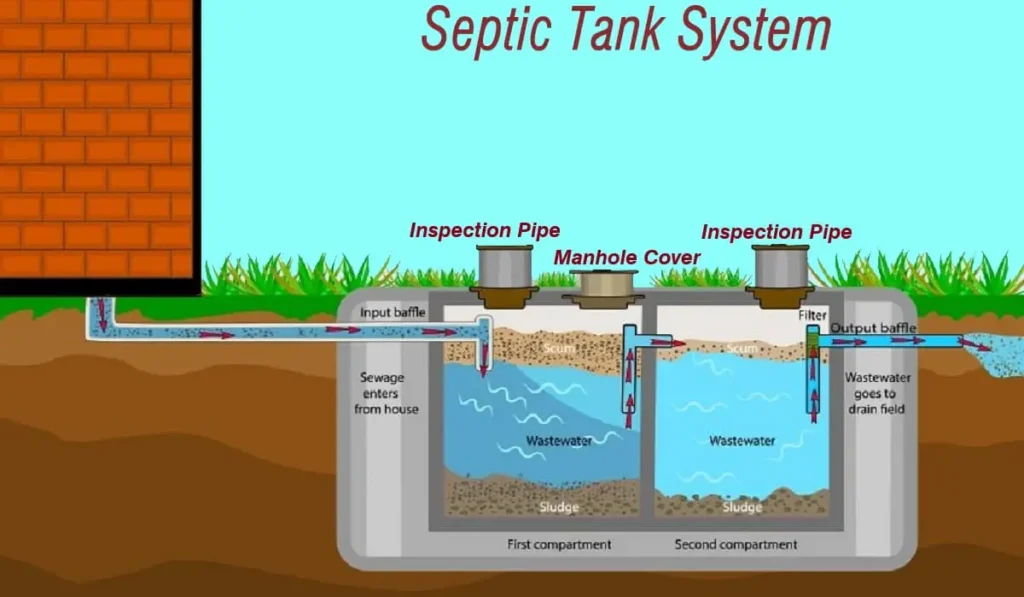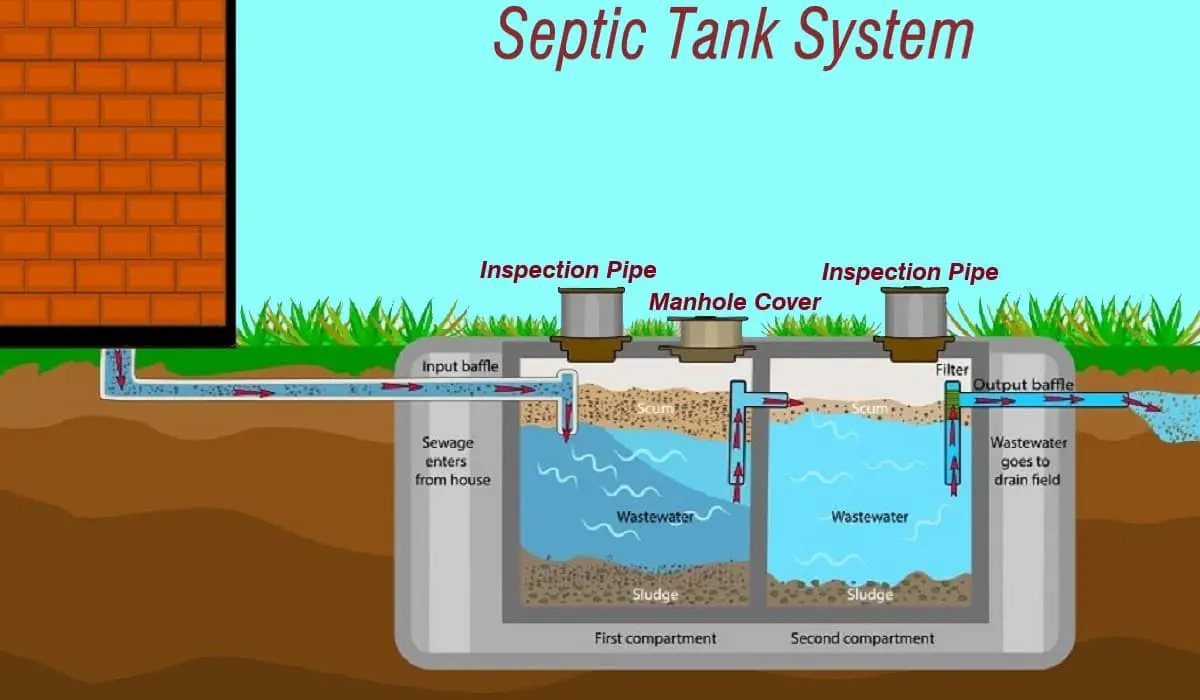In this article, we will discuss why submersible pumps for septic tanks have gained popularity. You will learn about the benefits and functions of these pumps, and understand why they have become a preferred choice for many homeowners. From their efficient performance to their durability, we will explore all the reasons that make submersible pumps an excellent option for maintaining a healthy septic system. So, if you want to know why these pumps are so popular, keep reading!
What is a submersible pump?
A submersible pump is a type of pump that is designed to be completely submerged in water or other liquid. It is commonly used in various applications, including septic tank systems, as it is highly efficient and reliable. Unlike other types of pumps, submersible pumps are specifically designed to work underwater, ensuring maximum performance and longevity.
How does a submersible pump work?
A submersible pump operates by using a series of impellers that rotate to generate pressure and move water or waste liquids. The pump is typically equipped with a motor that is designed to be submersed in water without any risk of damage. The impeller blades rotate within a casing, creating a vacuum that draws in water or waste liquids and pushes them out through a discharge pipe.
What are the different types of submersible pumps?
There are several different types of submersible pumps available, each designed for specific applications. In the context of septic tanks, the most common types include:
-
Effluent pumps: These pumps are specifically designed to handle wastewater, including sewage and other liquids with solid particles. They are commonly used in residential and commercial septic systems.
-
Sump pumps: While not exclusively used for septic tanks, sump pumps are also suitable for pumping out water from flooded basements or areas prone to water accumulation. They can be used in conjunction with septic tanks to prevent overflow or flooding.
Why are submersible pumps used in septic tanks?
Submersible pumps are widely used in septic tanks due to their numerous advantages. One of the primary reasons is their ability to efficiently and reliably pump out wastewater and prevent septic tank overflow. Additionally, submersible pumps offer easy installation and maintenance, improved safety and cleanliness, and are highly effective in aerating septic tanks.
Benefits of using submersible pumps for septic tanks
Efficient and reliable pumping
One of the key benefits of using submersible pumps in septic tanks is their efficiency and reliability in pumping out wastewater. These pumps are specifically designed to handle liquids with solid particles, ensuring smooth and uninterrupted flow. With their powerful motors and impellers, submersible pumps can effectively pump out waste from septic tanks without clogging or slowing down.
Reduced risk of sewage backup
Sewage backup is a common issue in septic tank systems, which can cause inconvenience and potential health hazards. By using submersible pumps, you can significantly reduce the risk of sewage backup. These pumps quickly and efficiently remove wastewater from the tank, preventing it from reaching the critical levels that can lead to overflow and backup.
Easy maintenance and installation
Submersible pumps are known for their ease of installation and maintenance. They are designed to be submerged in water, eliminating the need for complicated setups. Additionally, these pumps often come with user-friendly features, such as quick-connect fittings and easy access to key components, making maintenance and repairs a breeze. This ease of use saves both time and effort in maintaining your septic tank system.
Improved safety and cleanliness
Due to their submersible nature, submersible pumps offer improved safety and cleanliness compared to other types of pumps. Since the pump is entirely submerged in the tank, there is no risk of electrical shocks or accidental contact with moving parts. Additionally, these pumps help maintain a cleaner and odor-free environment by efficiently removing wastewater and preventing potential leakage or spillage.
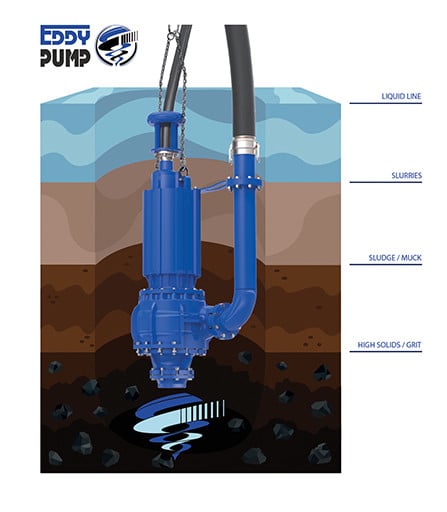
Functions of submersible pumps in septic tanks
Waste water removal
The primary function of submersible pumps in septic tanks is to remove wastewater. These pumps effectively pump out the accumulated waste from the tank and transfer it to the drain field or sewage treatment system. By removing the wastewater promptly, submersible pumps help prevent septic tank overflow and maintain the overall functioning of the system.
Preventing septic tank overflow
Overflowing septic tanks can lead to a range of problems, including foul odors, property damage, and environmental pollution. Submersible pumps play a crucial role in preventing septic tank overflow by removing the wastewater before it reaches critical levels. This ensures that the septic tank operates within its intended capacity and avoids any potential damage or inconvenience.
Aerating septic tanks
Aeration is an essential process in septic tank systems, as it promotes the growth of beneficial bacteria that break down organic matter. Submersible pumps can help facilitate aeration by constantly circulating the wastewater within the tank. This movement of water helps introduce oxygen into the system, creating the ideal conditions for aerobic bacteria and improving the overall efficiency of the septic tank.
Factors to consider when choosing a submersible pump for a septic tank
Pump capacity and flow rate
When selecting a submersible pump for your septic tank, it is crucial to consider its capacity and flow rate. The capacity refers to the amount of wastewater the pump can handle, while the flow rate determines how quickly the pump can transport the waste. It is essential to choose a pump with adequate capacity and flow rate to ensure efficient and effective operation of your septic tank system.
Size and depth of the septic tank
The size and depth of your septic tank will also impact the choice of the submersible pump. Smaller tanks may require a lower capacity pump, while larger tanks may need a higher capacity pump to handle the increased volume of wastewater. Additionally, the depth of the tank should be considered, as some pumps may have limitations on the maximum depth they can be submerged.
Power efficiency
Power efficiency is an important factor to consider, as it directly affects the operating costs of the pump. Look for a submersible pump that is energy-efficient and utilizes the least amount of electricity while still providing sufficient pumping power. This will not only save you money in the long run but also reduce the environmental impact of your septic tank system.
Durability and construction quality
Since a submersible pump will be working in a harsh and corrosive environment, it is crucial to choose a pump that is built to withstand these conditions. Look for pumps made from high-quality materials, such as stainless steel or corrosion-resistant alloys, as they are more durable and less prone to damage. A well-constructed pump will ensure longevity and reliable performance in your septic tank system.
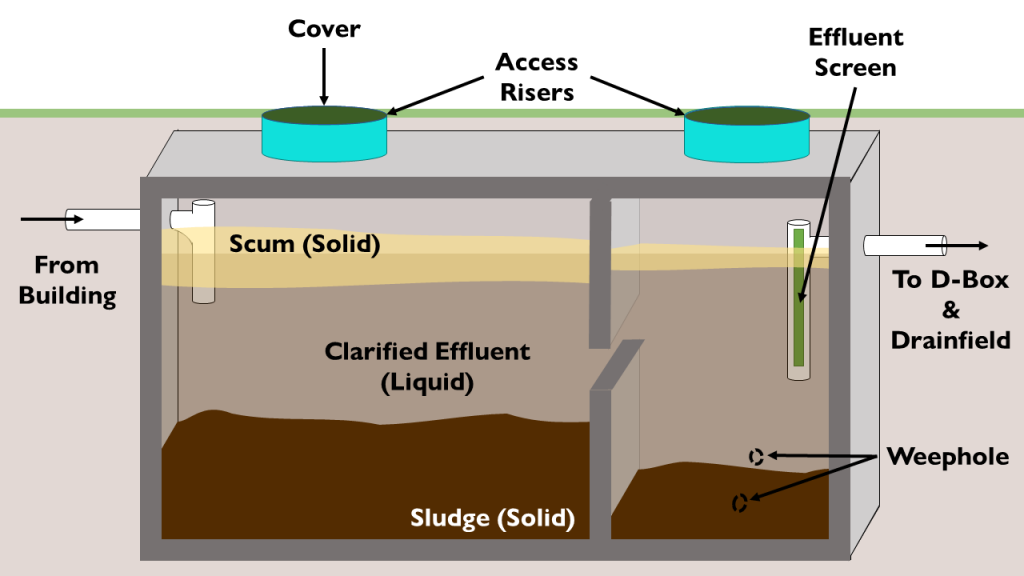
Installation and maintenance of submersible pumps in septic tanks
Proper positioning and placement
When installing a submersible pump in your septic tank, it is important to ensure proper positioning and placement. The pump should be placed in a location that allows easy access for maintenance and repairs while also ensuring optimal performance. It is recommended to consult a professional installer or follow the manufacturer’s guidelines for the correct placement of the pump.
Electrical connections and safety measures
Submersible pumps require electrical connections for operation. It is essential to follow proper electrical safety measures when installing and connecting the pump. Make sure to comply with local electrical codes and regulations to prevent any accidents or hazards. It is also recommended to install ground fault circuit interrupter (GFCI) protection to ensure electrical safety in wet environments.
Regular maintenance and troubleshooting
Regular maintenance is crucial for the longevity and efficient operation of your submersible pump. This includes cleaning the impellers, checking for any signs of wear or damage, and inspecting electrical connections. Additionally, it is important to address any issues or malfunctions promptly by troubleshooting or contacting a professional for assistance. Regular maintenance and prompt troubleshooting will help maximize the lifespan and efficiency of your submersible pump.
Comparing submersible pumps to other types of pumps for septic tanks
Advantages of submersible pumps
Compared to other types of pumps, submersible pumps offer several advantages for septic tank systems. They are specifically designed for underwater operation, ensuring efficient and reliable pumping. Submersible pumps also eliminate the risk of electrical shock and provide a higher level of safety. Additionally, their ease of installation and low maintenance requirements make them a popular choice among homeowners and professionals alike.
Disadvantages of other pump types
While submersible pumps are widely used in septic tanks, other pump types have their own limitations. For example, surface pumps are not suitable for use in septic tanks as they cannot handle solids and may easily clog. Additionally, jet pumps and centrifugal pumps may require more maintenance and monitoring to ensure their proper functioning.
Cost-effectiveness and long-term savings
Submersible pumps may have a higher upfront cost compared to other types of pumps, but they often offer long-term savings. Their efficiency and reliability result in lower energy consumption, reducing operational costs over time. Additionally, their durability and longevity mean that they require less frequent repairs or replacements, further contributing to cost-effectiveness.
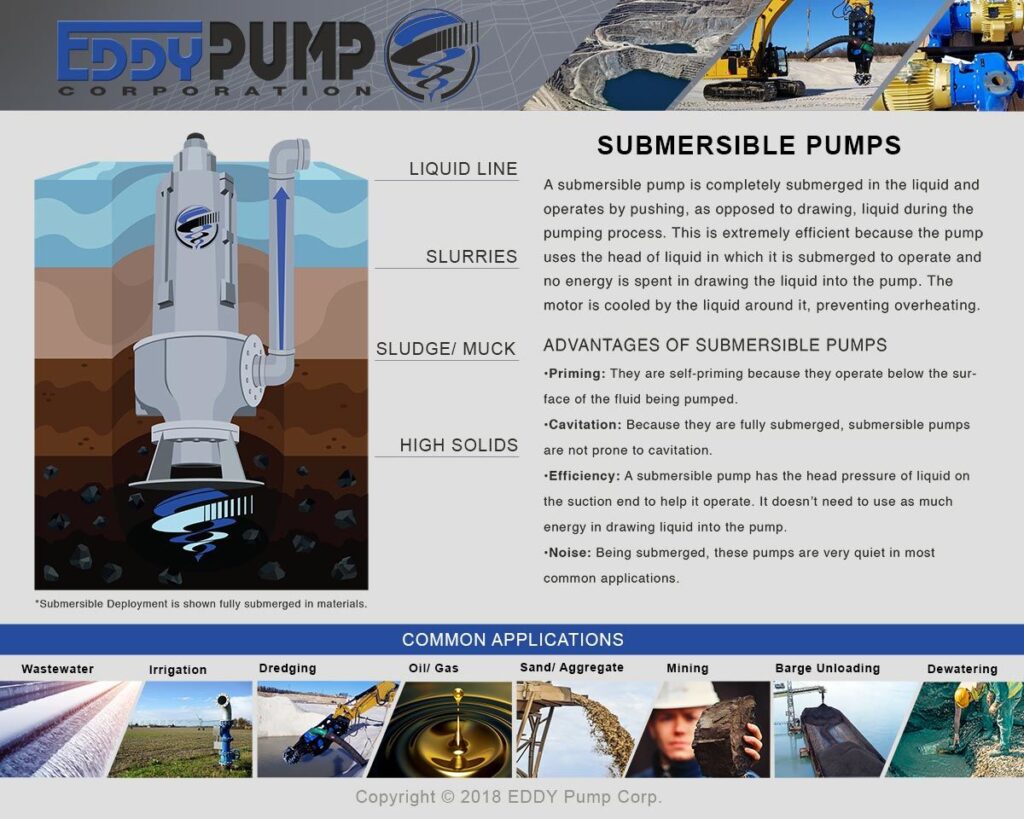
Tips for maximizing the lifespan and efficiency of submersible pumps
Regular maintenance schedule
Establishing a regular maintenance schedule is crucial for maximizing the lifespan and efficiency of your submersible pump. This includes cleaning the impellers, checking electrical connections, and monitoring performance. Following the manufacturer’s recommended maintenance guidelines will ensure that your pump continues to operate at its optimal level.
Avoiding harmful substances
To prevent damage to your submersible pump and maintain its efficiency, it is important to avoid introducing harmful substances into the septic tank. Chemicals, oils, and non-biodegradable materials should not be disposed of in the septic system, as they can damage the pump and disrupt the bacterial balance. Proper waste disposal practices will help preserve the longevity and effectiveness of your submersible pump.
Monitoring and addressing potential issues
Regularly monitoring the performance of your submersible pump and addressing any potential issues promptly is key to maintaining its efficiency. Pay attention to any unusual noises, vibrations, or changes in performance, as these may indicate a problem. If you notice any issues, it is recommended to troubleshoot or contact a professional for assistance to prevent further damage and ensure uninterrupted operation.
Common misconceptions about submersible pumps for septic tanks
Expensive and high-maintenance
Contrary to popular belief, submersible pumps for septic tanks are not necessarily expensive or high-maintenance. While they may have a higher upfront cost, their long-term efficiency and durability result in cost-effectiveness. Regular maintenance, which is common for all types of pumps, ensures optimal performance and prevents costly repairs.
Difficult to install or replace
Another misconception is that submersible pumps are difficult to install or replace. In reality, these pumps are designed for ease of installation and often come with user-friendly features. Replacing a submersible pump is relatively straightforward, and professional assistance is typically not required unless there are complex issues.
Limited suitability for different tank sizes
Submersible pumps are available in a wide range of capacities, making them suitable for various septic tank sizes. From smaller residential systems to larger commercial installations, there is a submersible pump available to meet the specific needs of any septic tank system. It is important to choose a pump that matches the size and requirements of your septic tank to ensure optimal performance.
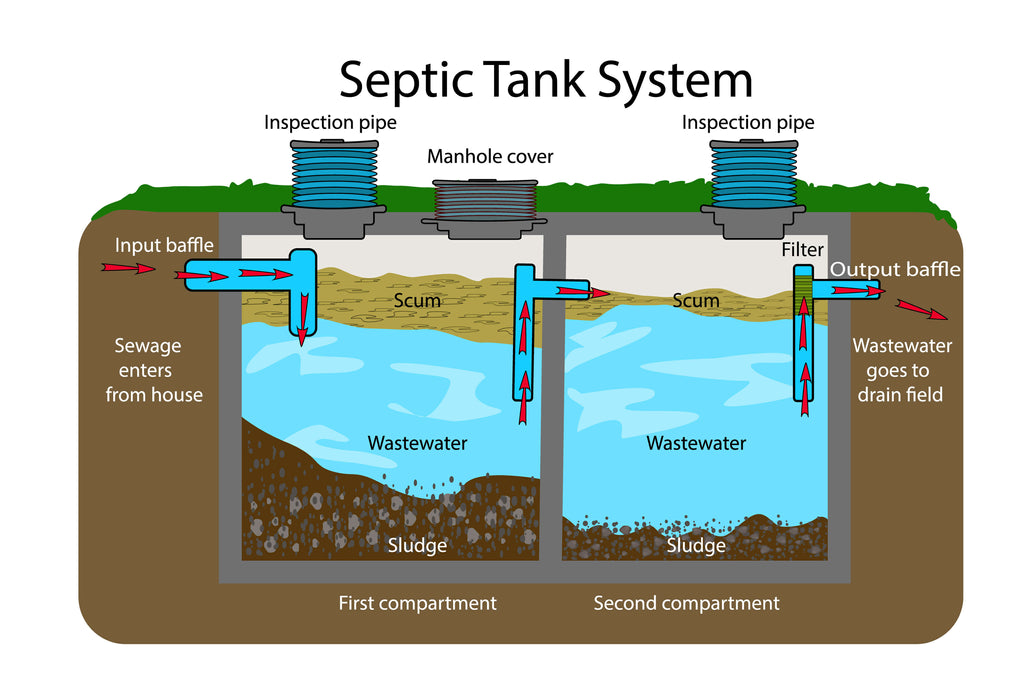
Real-life examples and success stories of using submersible pumps for septic tanks
Testimonials from happy customers
Numerous satisfied customers have praised the performance and benefits of using submersible pumps in their septic tank systems. These customers have experienced improved pumping efficiency, reduced risk of backups, and overall smoother operation of their septic systems. Positive testimonials highlight the importance of using reliable and efficient submersible pumps for septic tank maintenance.
Case studies of improved septic tank systems
Case studies showcasing the success of using submersible pumps in septic tank systems further emphasize their benefits and functions. These studies highlight the improved aeration, reduced maintenance requirements, and enhanced overall system performance achieved by incorporating submersible pumps. Real-life examples provide concrete evidence of the positive impact these pumps have on septic tank functionality and longevity.
Conclusion
Submersible pumps for septic tanks are popular for good reason. Their efficiency, reliability, and ability to handle solid waste make them an ideal choice for removing wastewater from septic tanks and preventing backups. These pumps offer easy installation, low maintenance requirements, and enhanced safety and cleanliness. With their various functions, such as wastewater removal, overflow prevention, and aeration, submersible pumps ensure the efficient operation of septic tank systems. By considering factors such as pump capacity, size of the septic tank, power efficiency, and durability, you can choose the right submersible pump for your specific needs. Proper installation, maintenance, and monitoring will help maximize the lifespan and efficiency of your pump. Despite some misconceptions, submersible pumps are cost-effective, easy to install or replace, and suitable for a variety of tank sizes. Real-life examples and success stories further demonstrate the positive impact of these pumps on septic tank systems. Overall, submersible pumps are a popular choice for septic tank owners looking for an efficient and reliable solution to their wastewater management needs.
